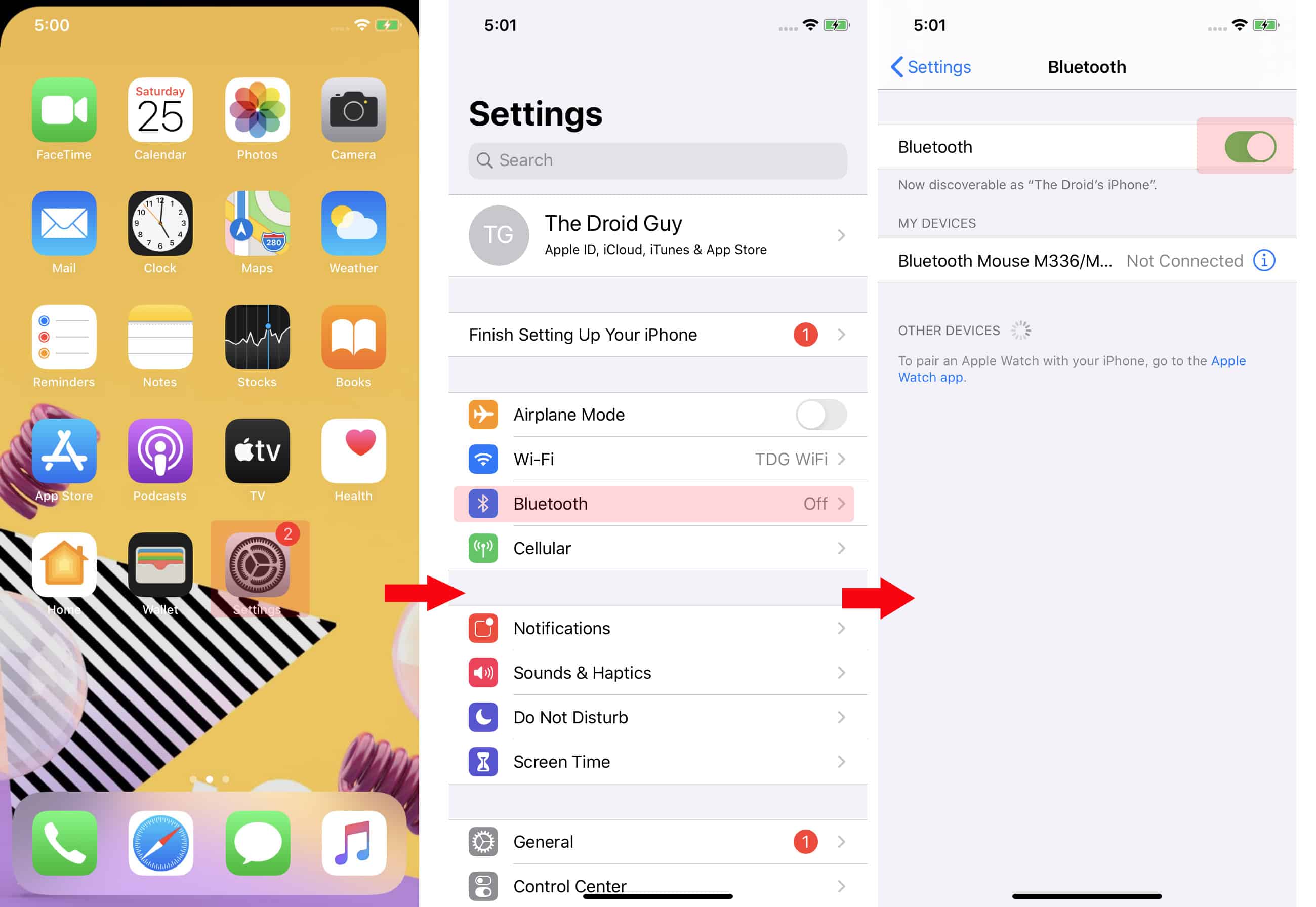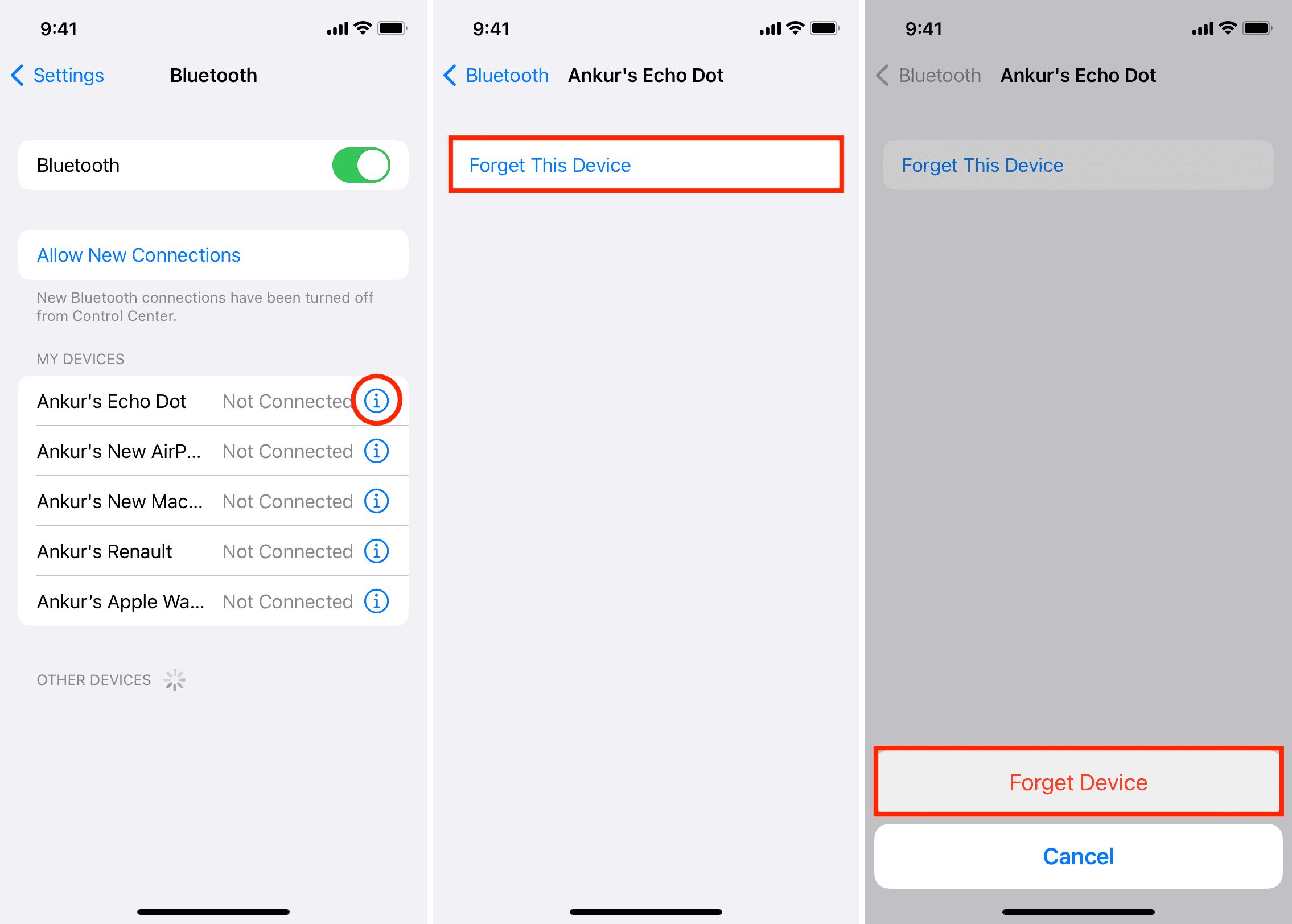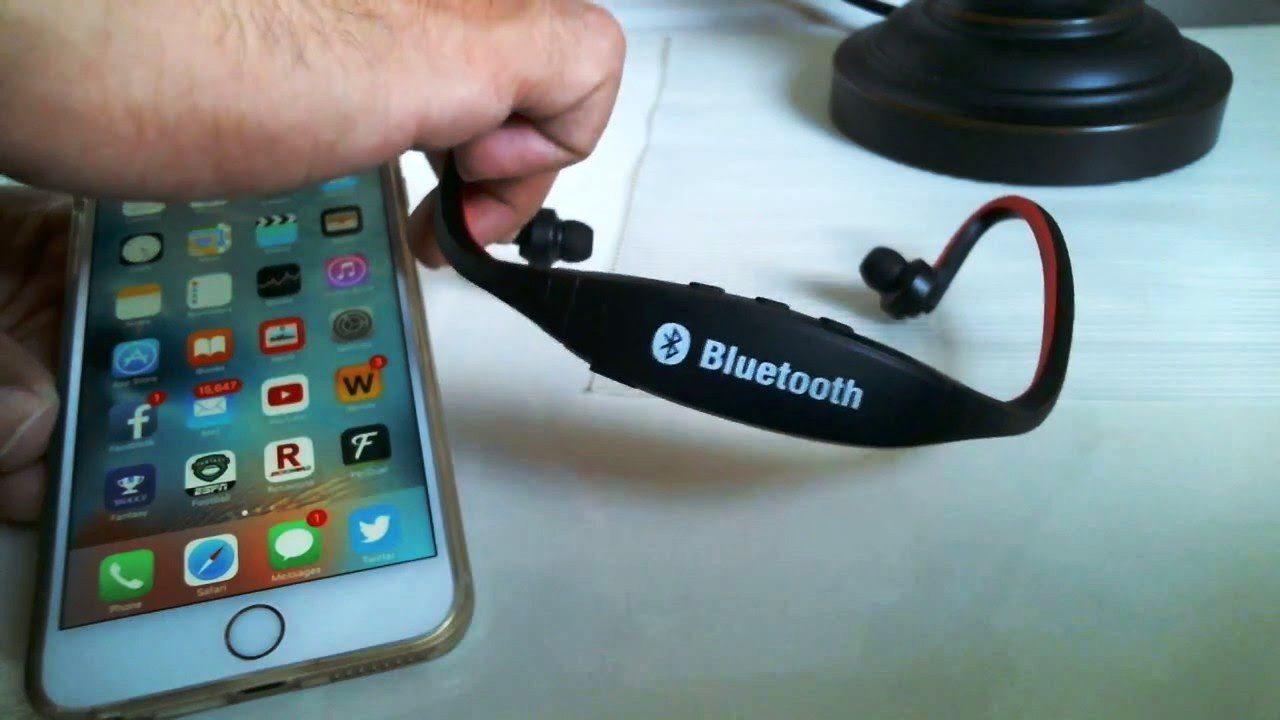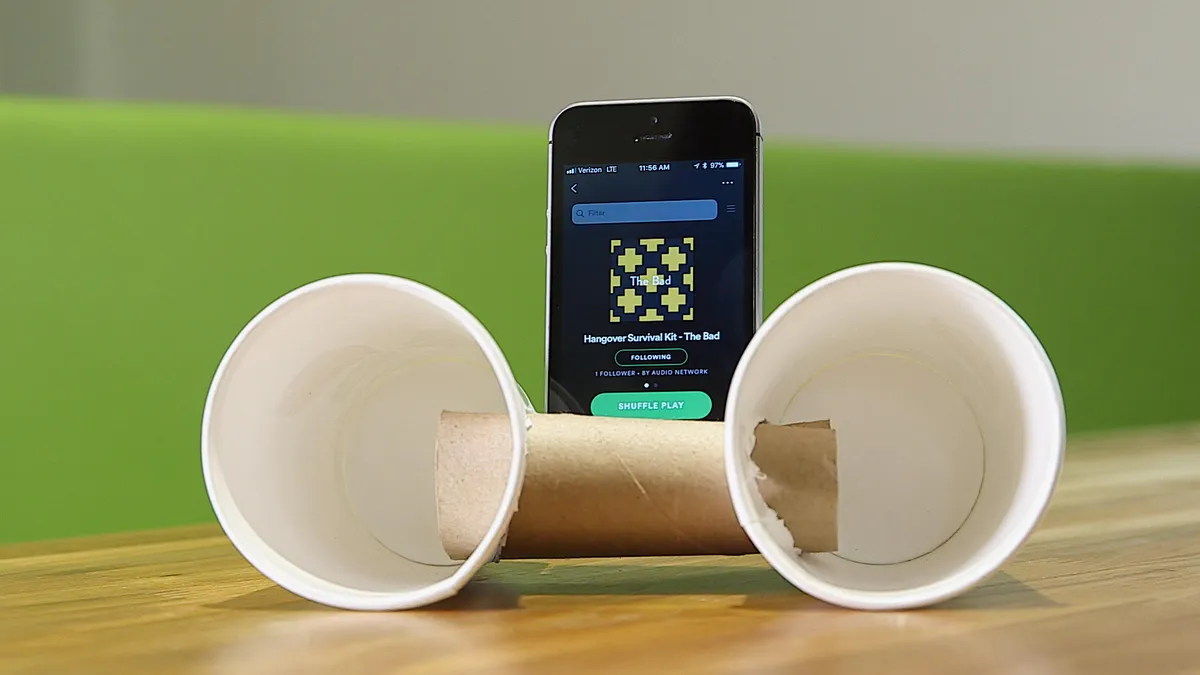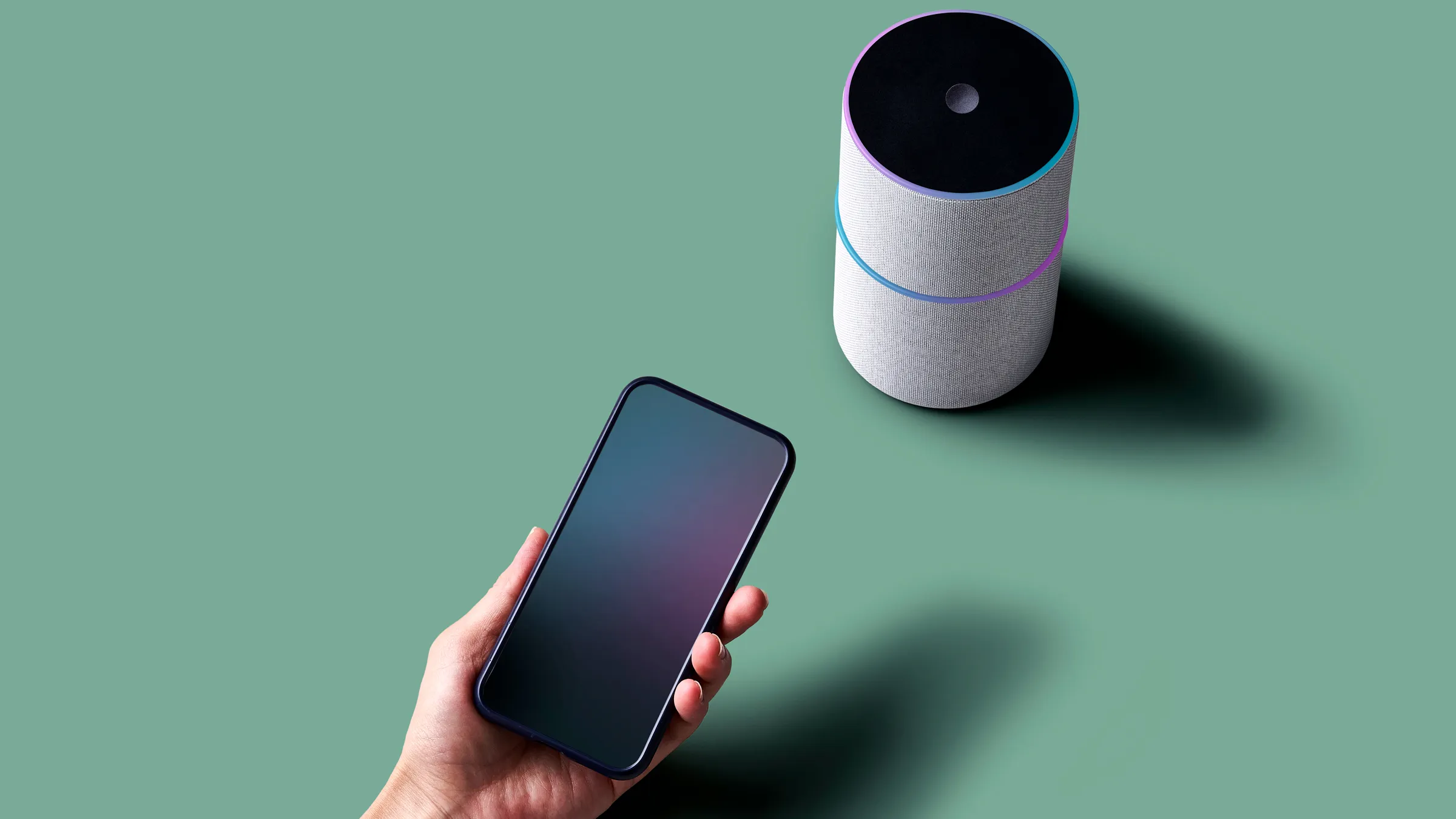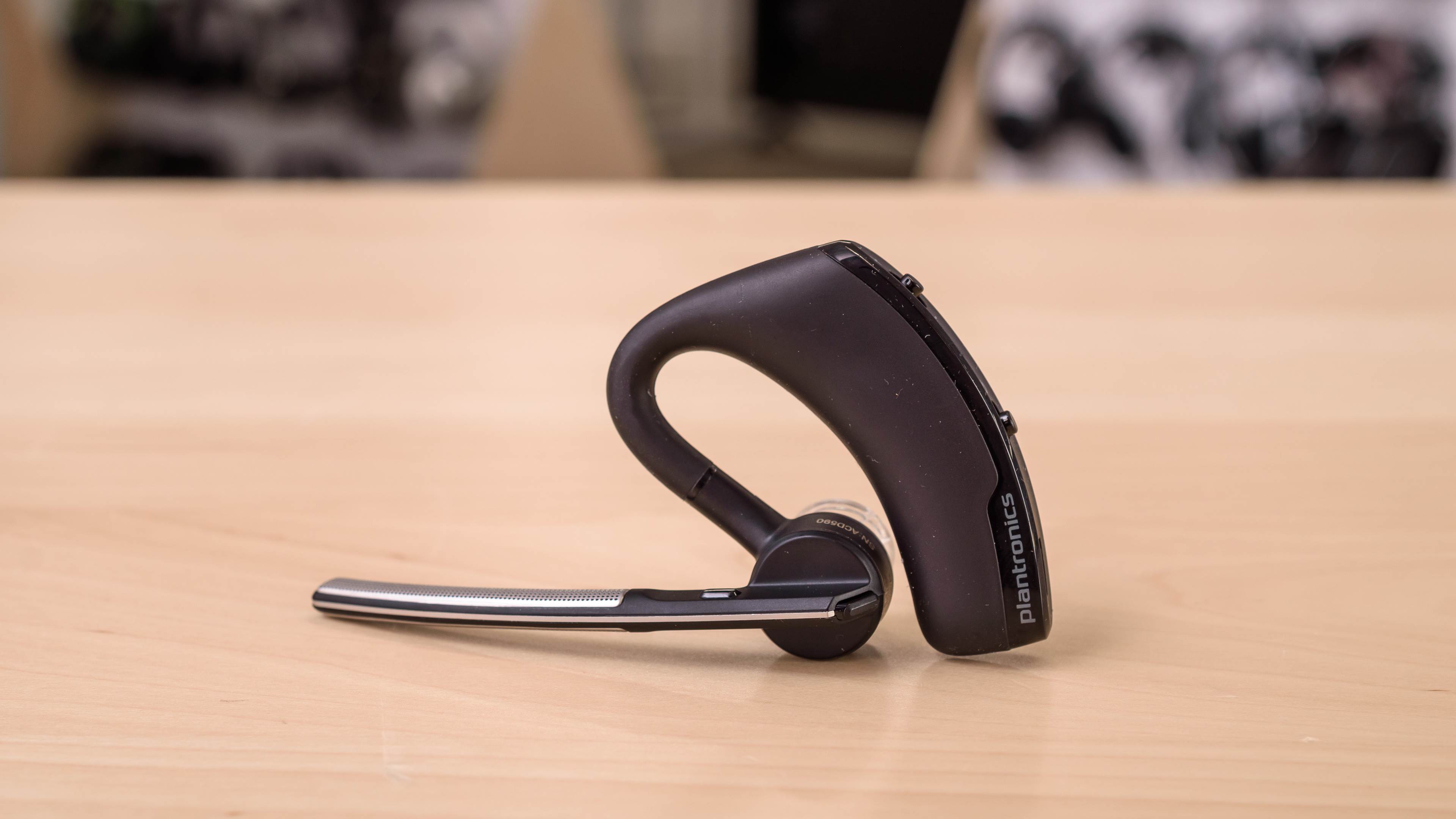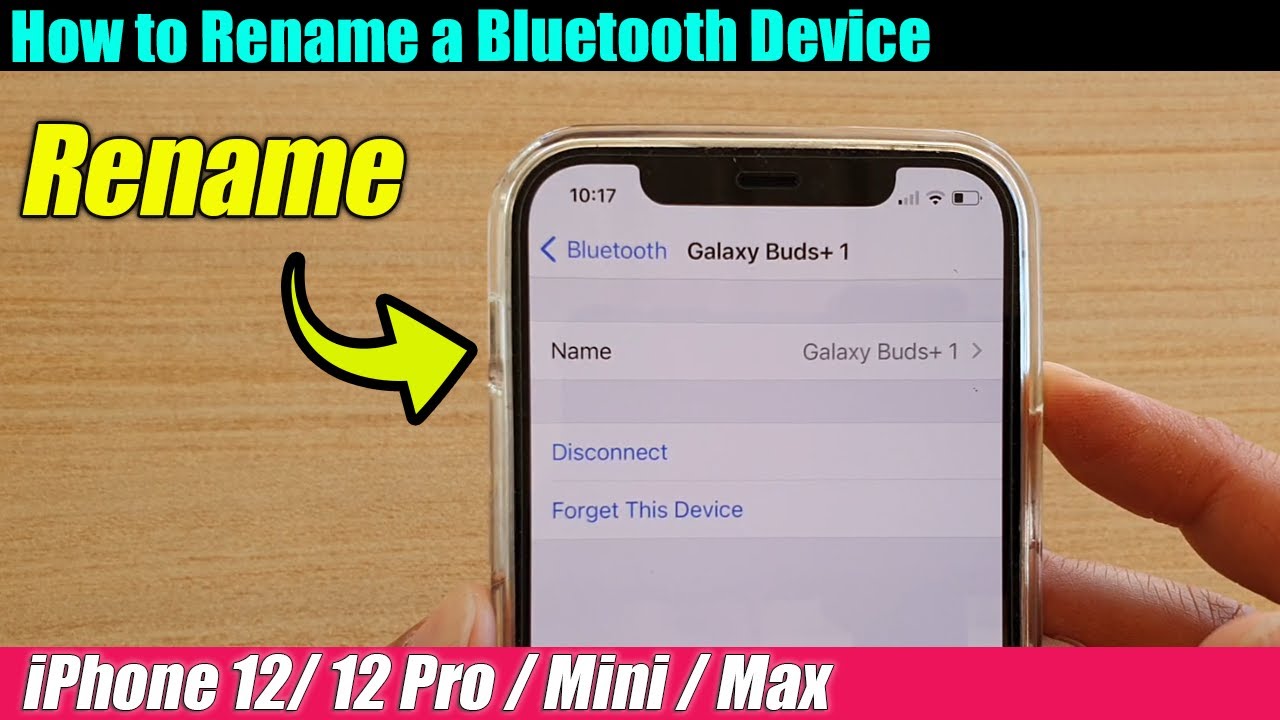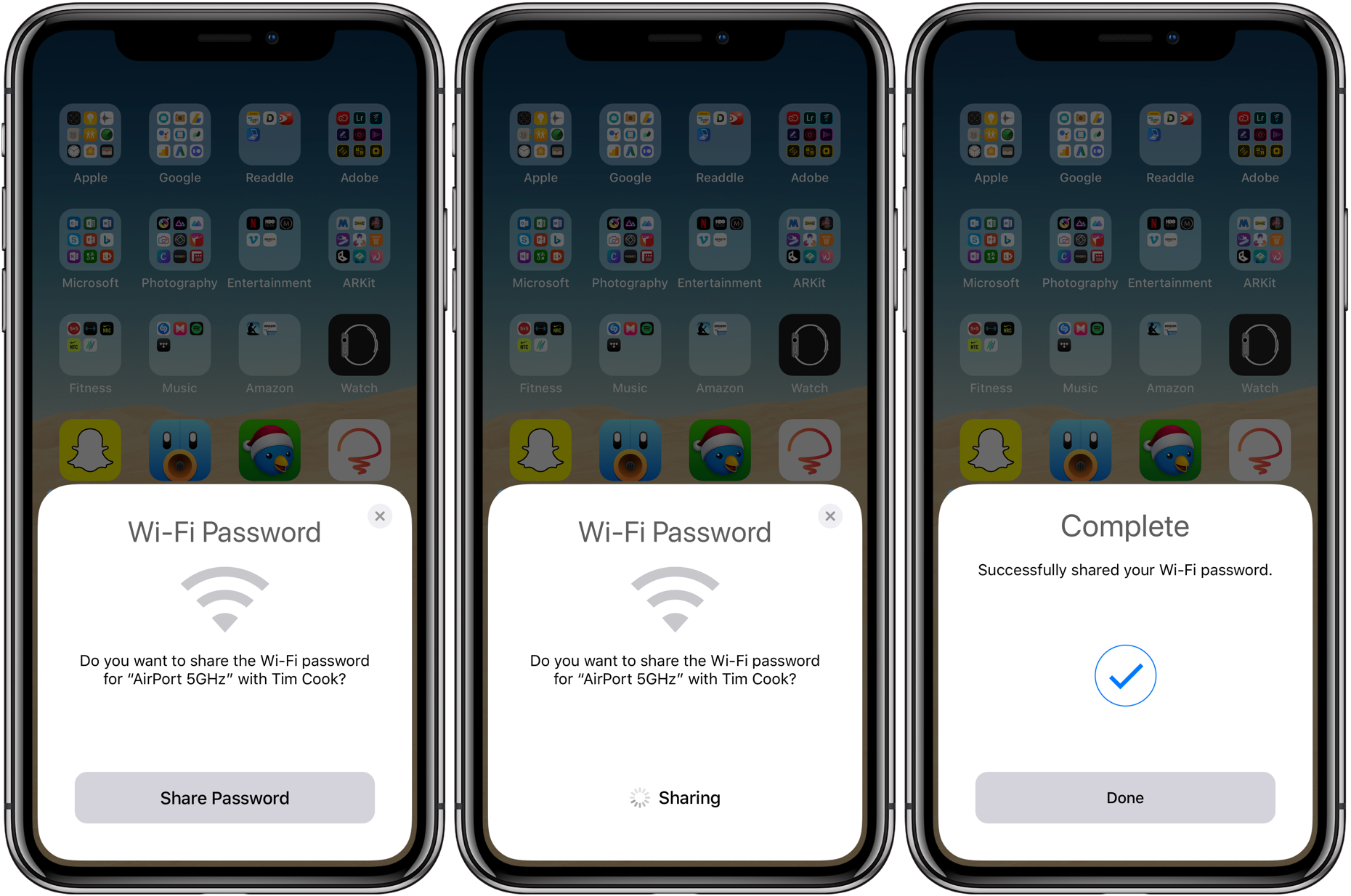Introduction
Welcome to the era of wireless connectivity! Connecting your iPhone to a Bluetooth device opens up a whole new world of convenience and functionality. Whether you want to pair your iPhone with a wireless headset, car stereo, or portable speaker, the process is relatively straightforward.
Bluetooth technology eliminates the need for messy wires and allows you to enjoy a tangle-free experience. With just a few simple steps, you can easily connect your iPhone to a Bluetooth device and enjoy seamless wireless communication.
In this article, we will guide you through the process of connecting your iPhone to a Bluetooth device. Whether you’re a tech-savvy individual or a beginner, our step-by-step instructions will ensure that you can effortlessly pair your iPhone with any Bluetooth-enabled device.
Before we dive into the details, it’s important to note that Bluetooth compatibility may vary across different iPhone models and iOS versions. However, the general principles of connecting via Bluetooth remain the same. So, let’s get started and unlock the power of wireless connectivity!
Step 1: Enable Bluetooth on your iPhone
The first step towards connecting your iPhone to a Bluetooth device is to ensure that Bluetooth is enabled on your device. Here’s how you can do it:
- Unlock your iPhone by entering your passcode or using Face ID or Touch ID.
- Go to the Home screen and open the “Settings” app. It’s represented by a gear icon.
- Scroll down and tap on “Bluetooth”. The Bluetooth menu should appear.
- Toggle the Bluetooth switch to the “On” position. The switch will turn green, indicating that Bluetooth is now enabled on your iPhone.
Once you’ve enabled Bluetooth on your iPhone, it will start scanning for available Bluetooth devices in its vicinity. Keep in mind that the range of Bluetooth connectivity is typically around 30 feet, although it can vary depending on the device.
By enabling Bluetooth on your iPhone, you’re now ready to pair it with a Bluetooth device of your choice. Let’s move on to the next step and learn how to turn on your Bluetooth device in preparation for the pairing process.
Step 2: Turn on your Bluetooth device
Now that you’ve enabled Bluetooth on your iPhone, it’s time to turn on the Bluetooth device you want to connect with. The process may vary depending on the type of device you have, but here are the general steps:
- Locate the power button or switch on your Bluetooth device and make sure it is in the “On” position.
- Some devices might require you to press and hold the power button for a few seconds to initiate the pairing mode. This mode allows the device to be discoverable by your iPhone.
- Check the user manual or instructions that came with your Bluetooth device if you’re unsure about how to turn it on or enable the pairing mode.
Once your Bluetooth device is turned on and in pairing mode, it should appear in the list of available devices on your iPhone. Now, let’s move on to the next step and learn how to pair your iPhone with the Bluetooth device.
Step 3: Pair your iPhone with the Bluetooth device
Now that you have enabled Bluetooth on your iPhone and turned on your Bluetooth device, it’s time to pair them together. Follow these simple steps to establish a connection:
- On your iPhone, go to the “Settings” app and tap on “Bluetooth”.
- In the list of available devices, you will see the name of your Bluetooth device. Tap on its name to initiate the pairing process.
- If prompted, enter the passcode or PIN displayed on your Bluetooth device to establish the connection. Some devices may not require a passcode.
- Wait for a few seconds as your iPhone and the Bluetooth device establish a secure connection. Once the pairing is successful, a confirmation message should appear on the screen.
- Your iPhone is now successfully paired with the Bluetooth device. You can now start enjoying the benefits of wireless connectivity!
Once paired, your iPhone will automatically connect to the Bluetooth device whenever it is within range and Bluetooth is enabled on both devices. You can now listen to music, make hands-free calls, or use any other Bluetooth-related features offered by the device.
In case you want to unpair your iPhone from a Bluetooth device, you can do so by going to the Bluetooth settings and tapping on the “i” icon next to the device’s name. From there, you can choose to unpair or forget the device.
Now that you’ve successfully paired your iPhone with a Bluetooth device, let’s move on to the next step and address some common Bluetooth connectivity issues you may encounter.
Step 4: Troubleshooting common Bluetooth connectivity issues
While pairing your iPhone with a Bluetooth device is usually a smooth process, there can be instances where you encounter connectivity issues. Here are some common problems you might face and their potential solutions:
- Unable to find or connect to the Bluetooth device: Ensure that the Bluetooth device is in pairing mode and within range of your iPhone. Restart both devices and try again. If the problem persists, check for any firmware updates for your Bluetooth device and install them if available.
- Interference or weak signal: Keep in mind that Bluetooth operates on radio waves, and interference from other electronic devices or obstacles in the surroundings can weaken the signal. Move closer to the Bluetooth device or try to eliminate any potential sources of interference.
- Bluetooth device not functioning properly: If the Bluetooth device is not working as expected, refer to its user manual for troubleshooting steps. It could be a firmware issue or a compatibility problem with your iPhone. Contact the manufacturer for further assistance if needed.
- Bluetooth audio quality issues: If you experience static, distortion, or poor audio quality during Bluetooth audio playback, ensure that both your iPhone and the connected device are updated to the latest software versions. Additionally, try disconnecting and reconnecting the Bluetooth connection to see if that improves the audio quality.
- Bluetooth not connecting automatically: If your iPhone does not automatically connect to the previously paired Bluetooth device, make sure that the device is turned on and within range. If the problem persists, try forgetting the device on your iPhone and then re-pairing it from scratch.
Remember that every Bluetooth device and iPhone model may have slightly different troubleshooting steps. So, it’s always a good idea to consult the user manual or reach out to the manufacturer’s support for specific guidance.
By following these troubleshooting tips, you should be able to overcome common Bluetooth connectivity issues and enjoy a seamless wireless experience with your iPhone and Bluetooth device.
Conclusion
Congratulations! You have successfully learned how to connect your iPhone to a Bluetooth device. By enabling Bluetooth, turning on your Bluetooth device, and pairing them together, you can now enjoy the convenience of wireless connectivity.
Remember to follow the steps outlined in this article when connecting your iPhone to different Bluetooth devices. Keep in mind that the process may vary slightly depending on the specific device and iOS version you are using. Always refer to the user manual or contact the manufacturer’s support for device-specific instructions if needed.
While Bluetooth technology offers numerous benefits, it is crucial to troubleshoot any connectivity issues that may arise. By following our troubleshooting tips, you can overcome common obstacles and ensure a smooth and uninterrupted Bluetooth experience.
Now that you have mastered the art of connecting Bluetooth devices to your iPhone, feel free to explore the wide range of wireless options available. Whether it’s listening to music, making hands-free calls, or enjoying the convenience of Bluetooth-enabled accessories, the possibilities are endless!
Embrace the world of wireless connectivity and unlock the full potential of your iPhone with Bluetooth. Say goodbye to tangled wires and experience the freedom and convenience Bluetooth has to offer.







